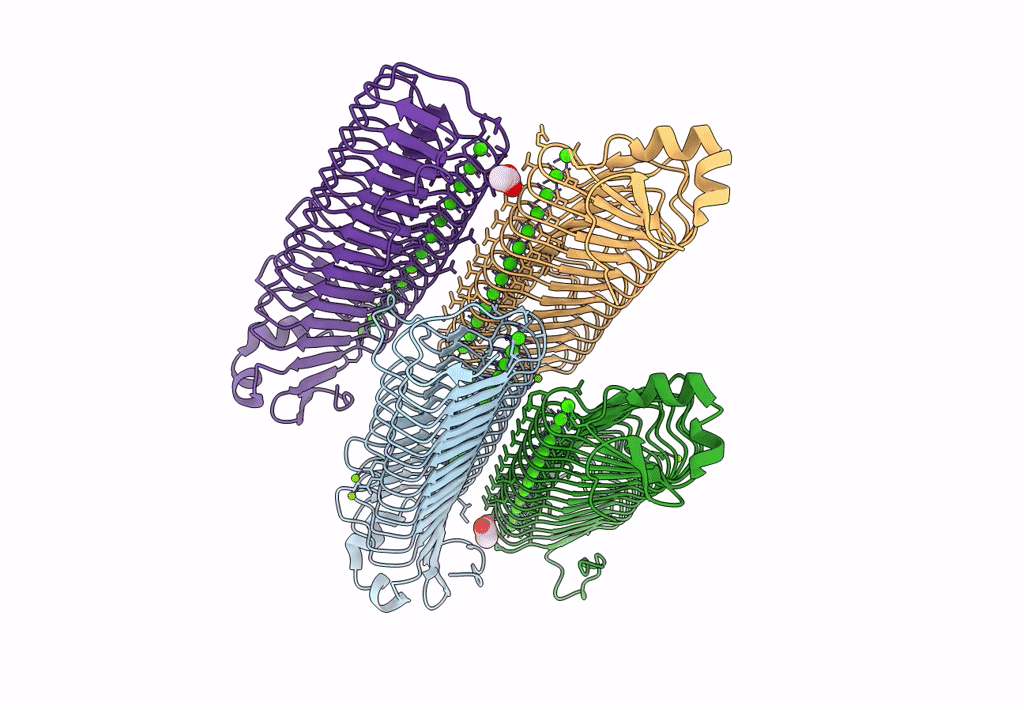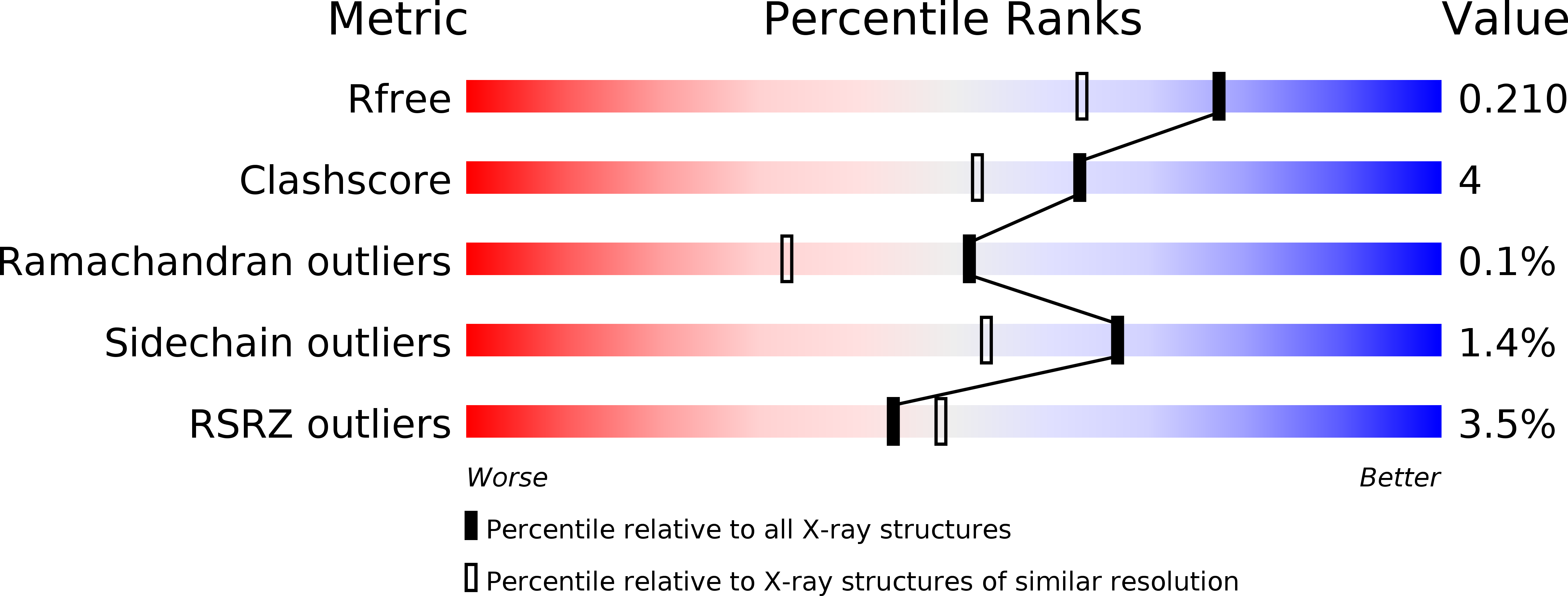
Deposition Date
2010-10-06
Release Date
2011-04-27
Last Version Date
2024-02-21
Entry Detail
PDB ID:
3P4G
Keywords:
Title:
X-ray crystal structure of a hyperactive, Ca2+-dependent, beta-helical antifreeze protein from an Antarctic bacterium
Biological Source:
Source Organism:
Marinomonas primoryensis (Taxon ID: 178399)
Host Organism:
Method Details:
Experimental Method:
Resolution:
1.70 Å
R-Value Free:
0.20
R-Value Work:
0.16
R-Value Observed:
0.16
Space Group:
P 1


